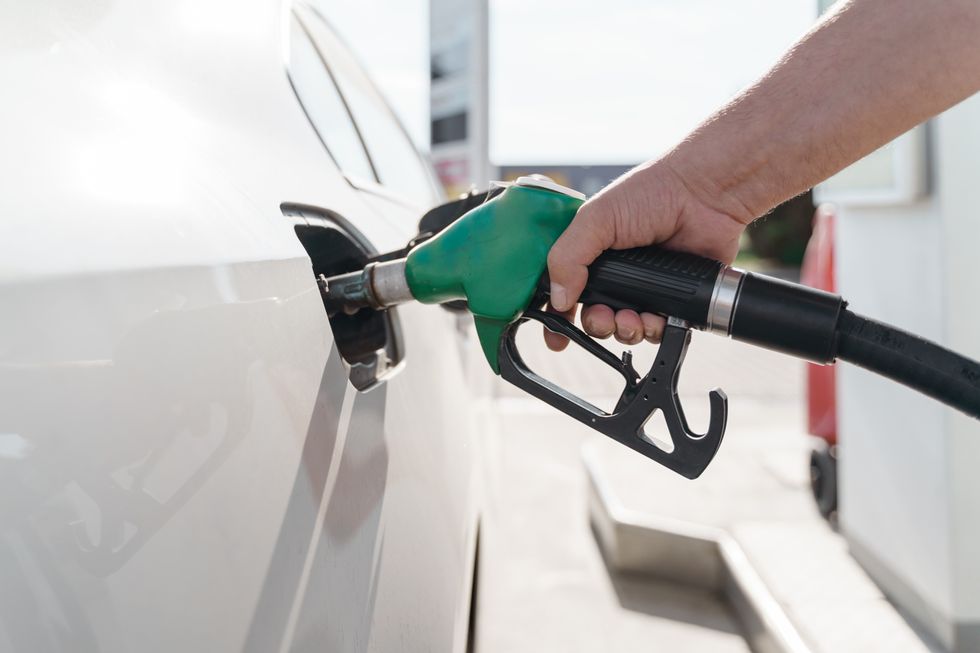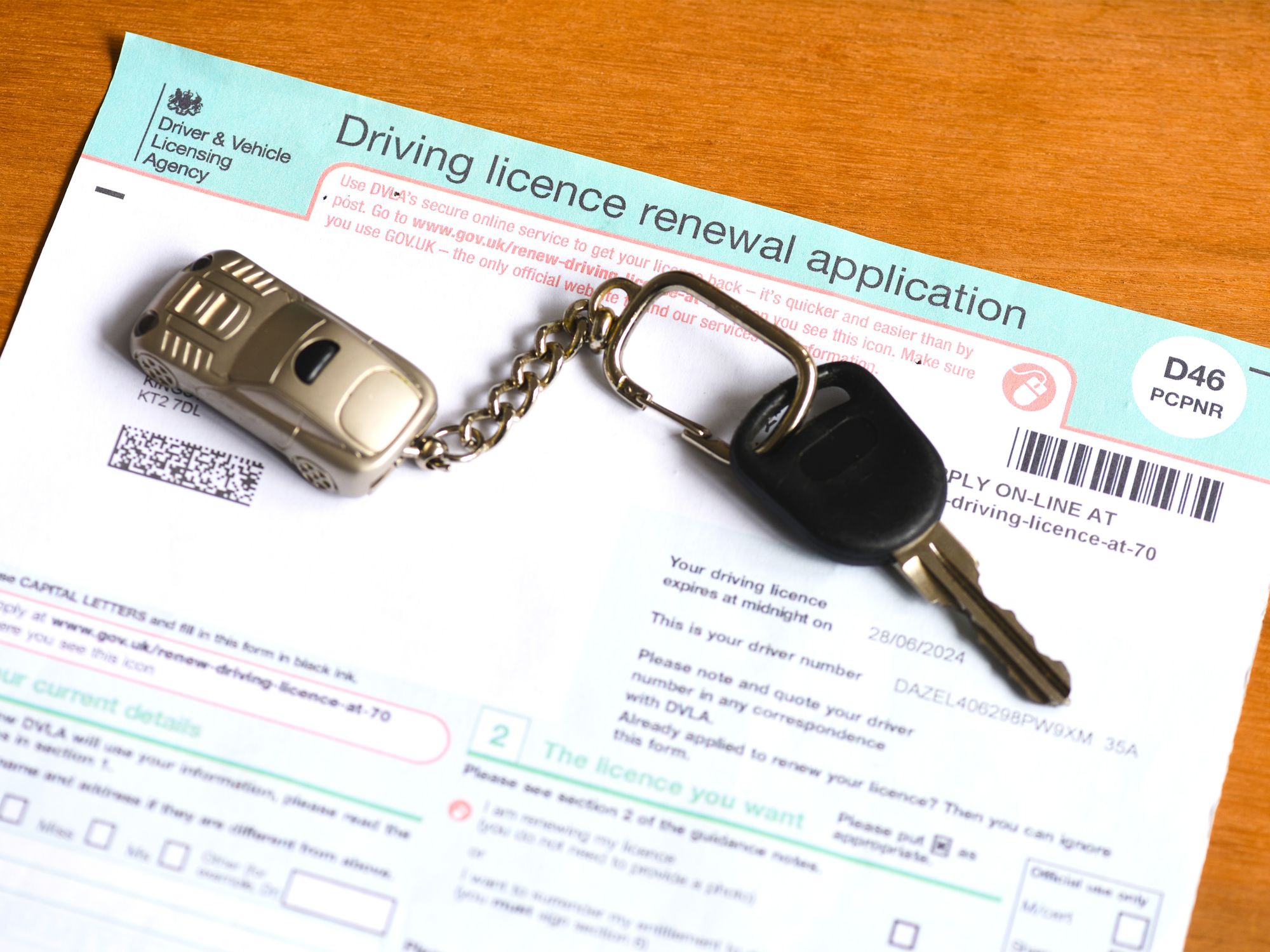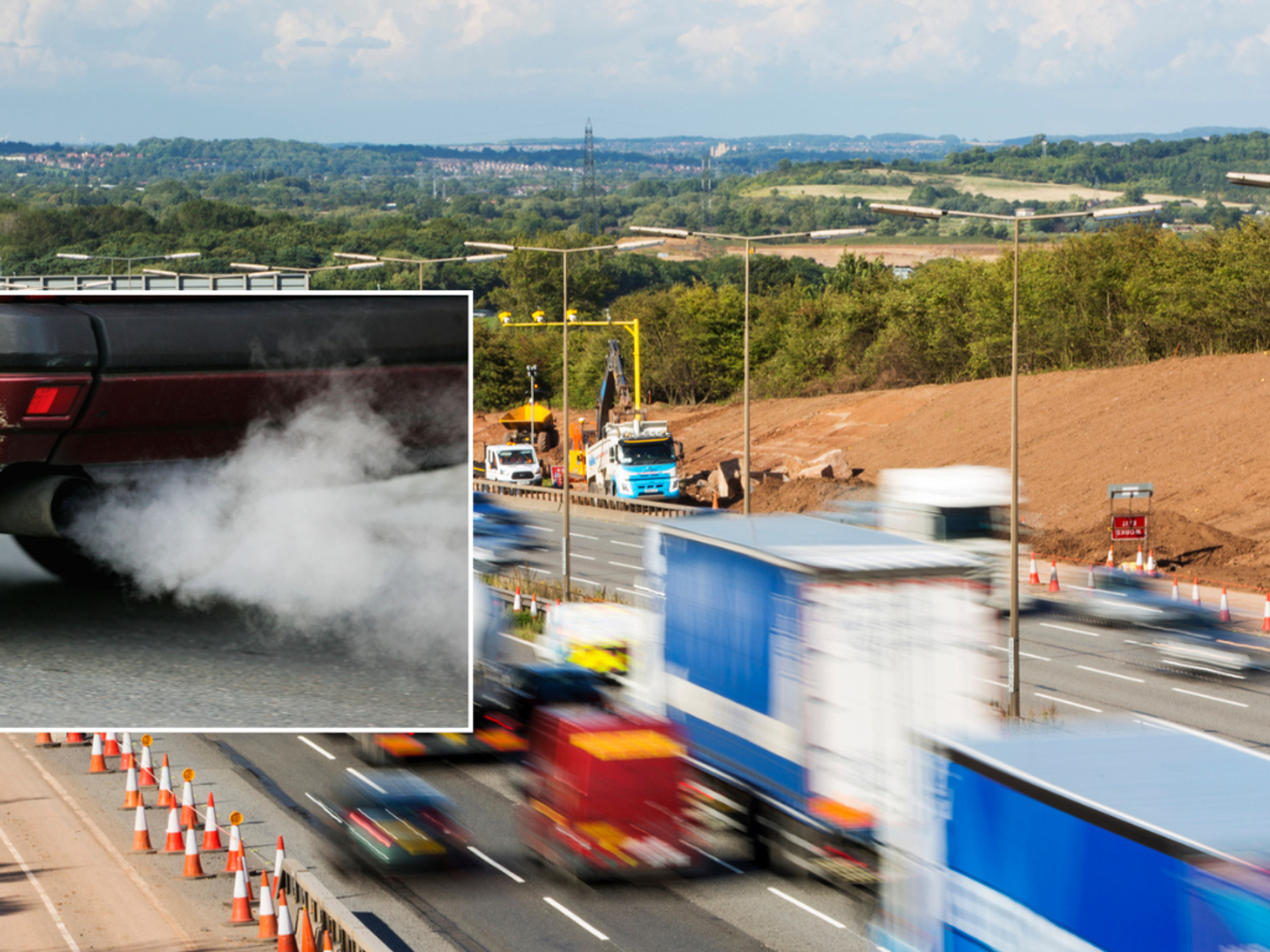Prices rose by 11p per litre between May and October
PA
The CMA said it would continue to monitor fuel prices
Don't Miss
Most Read
Trending on GB News
A new report has found that petrol and diesel prices are up by at least 11p per litre since May as drivers struggle to keep up with the rising cost of motoring.
The Competition and Markets Authority (CMA) has been monitoring fuel prices across the UK, with the Government regulator finding motorists were overcharged for fuel by £900million last year.
Between the end of May and the end of October 2023, the price of petrol rose 11.1p per litre, while diesel drivers were forced to deal with a near 14p rise.
While price increases in June, July and August were down to global factors like growing oil prices, drivers were left behind in September and October.
WATCH NOW: Frustrated drivers react to petrol and diesel prices
Over the last two months, wholesale prices fell but retail prices did not, with the CMA suggesting there was a lack of competitive response from fuel retailers.
Fuel prices at the end of October saw petrol at around 154p per litre, while a litre of diesel costs around 161.8p.
Sarah Cardell, Chief Executive of the CMA, said: “Drivers are feeling the pain again as petrol prices at the pump have been on the rise since June. The underlying data shows a mixed picture in terms of what is driving this.
“Over the summer we saw rising wholesale costs, but more recent trends give cause for concern that competition is still not working well in this market to hold down pump prices.
“As our year-long, in-depth study showed, this is a market where competition is not working as well as it should.
“But while today’s first monitoring report is an important step, it is based on voluntary information and is missing some major fuel retailers.
“That’s why it is so important that a permanent fuel monitor – with powers to demand information from all retailers – is put in place to give a fuller picture of how the market is working.”
Cardell confirmed that the CMA would be monitoring the fuel market further and reporting on its findings in the next update.
The data also found that there were significant increases in the retail spread – the average price drivers pay compared to the benchmarked price retailers pay – in September and October.
It suggests that there is a gap between how much drivers spend at the pumps and the prices retailers charge, with prices expected to fall if retail competition is effective.
The report states: “If retail spreads were to remain at these levels for much longer, this would cause concern about the intensity of retail competition in the sector.”
Supermarkets remain, on average, cheaper than other retailers, with a price gap of between four and six pence per litre since 2017.
The UK Government has committed to legislating a mandatory, real-time price data scheme, with a consultation expected on it later this year, following the CMA’s recommendation.
A similar scheme is operational in Northern Ireland with the Consumer Council Fuel Price Checker which forces retailers to publish their petrol and diesel prices to provide transparency and competitiveness.
LATEST DEVELOPMENTS:

The Government said it was working on introducing a live fuel price checker
GETTY
The data shows Strabane and Coleraine sell the cheapest petrol at just 140.9p per litre, while Armagh charges just 151.9p for diesel.








